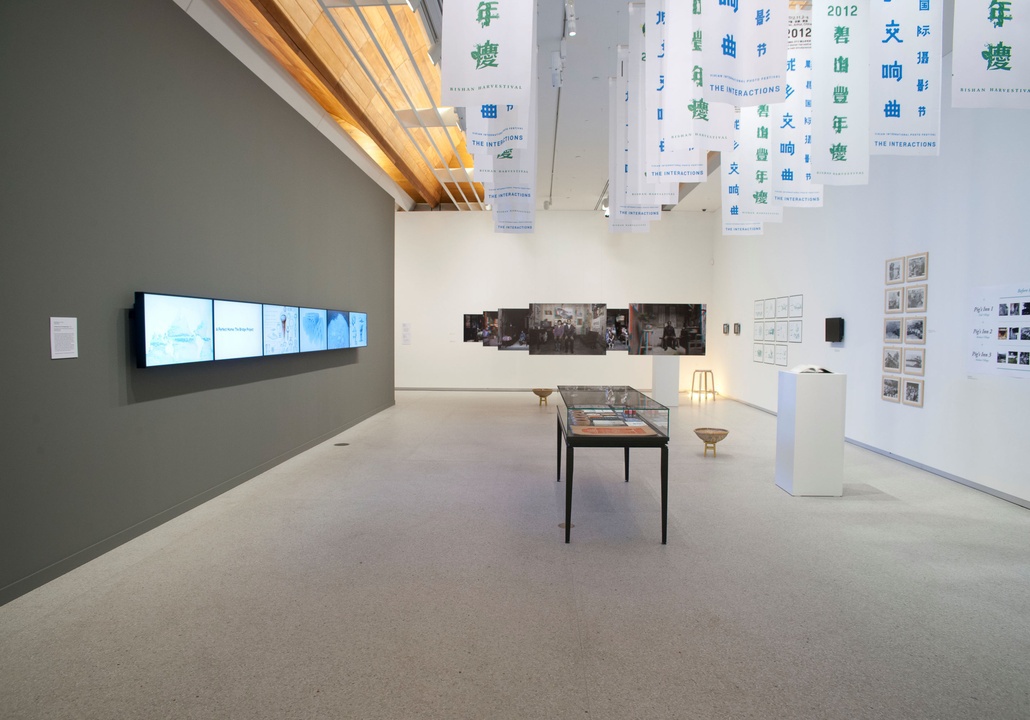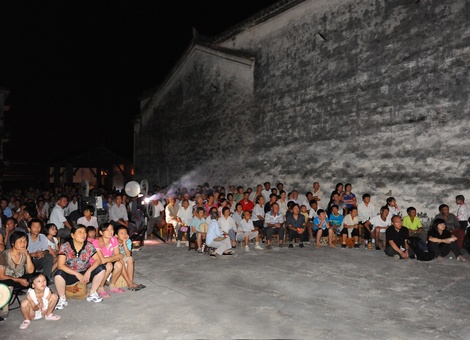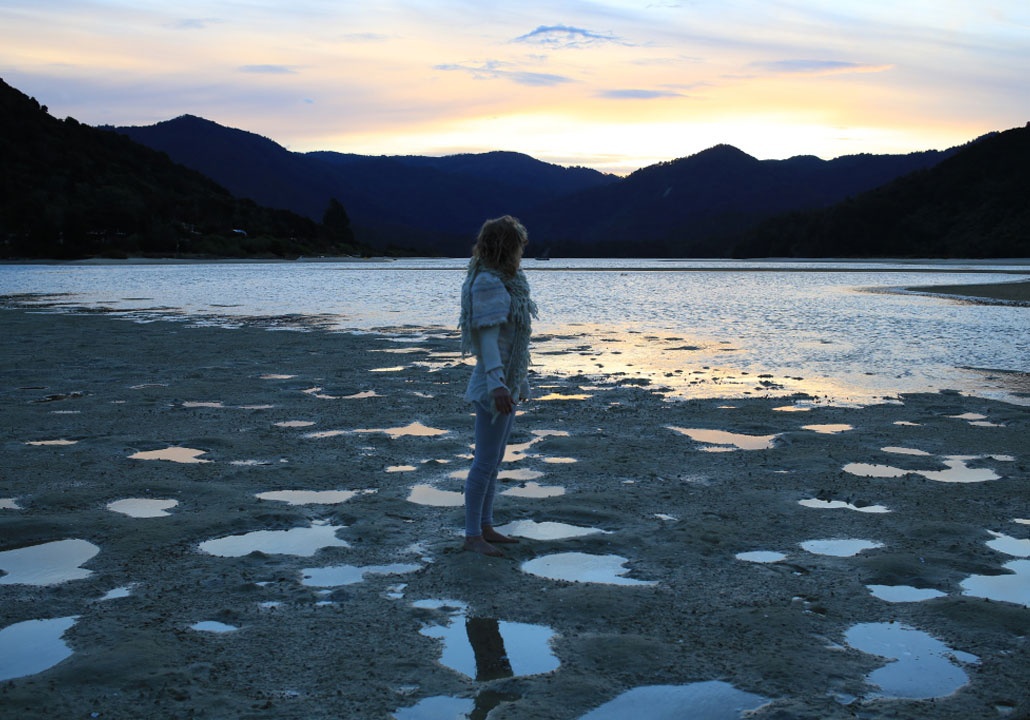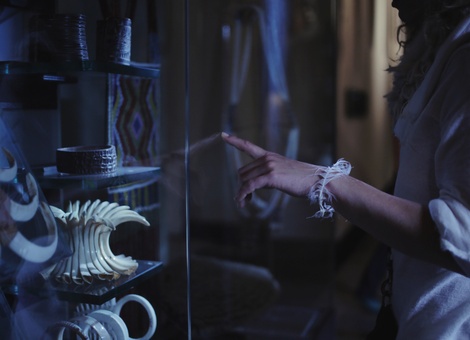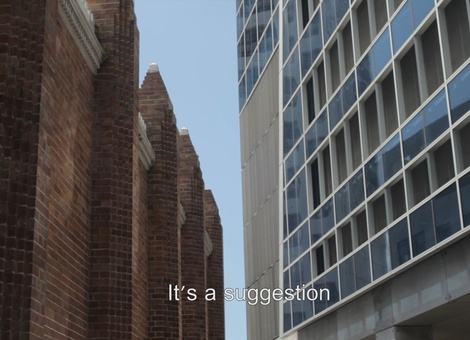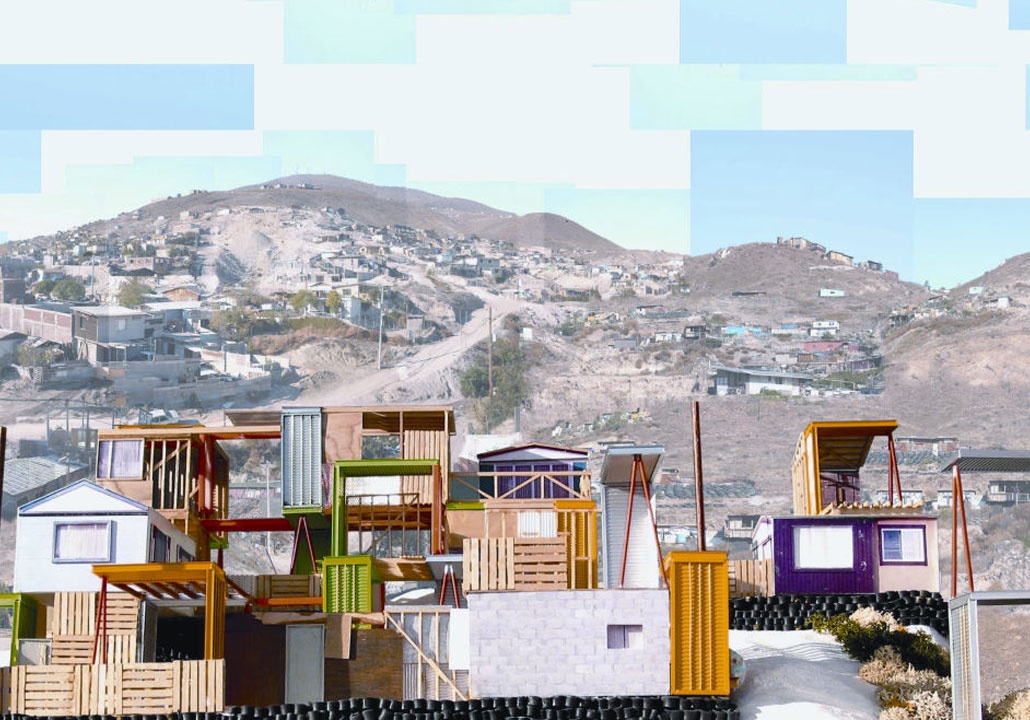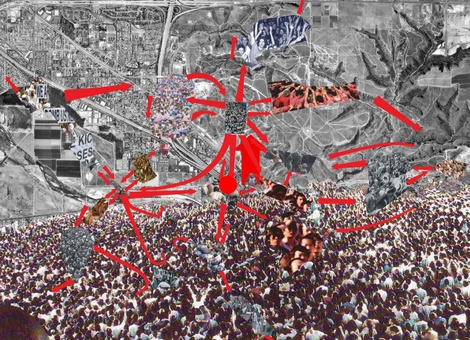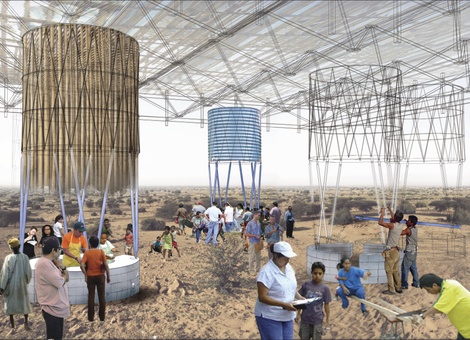Luke Willis Thompson
Venue
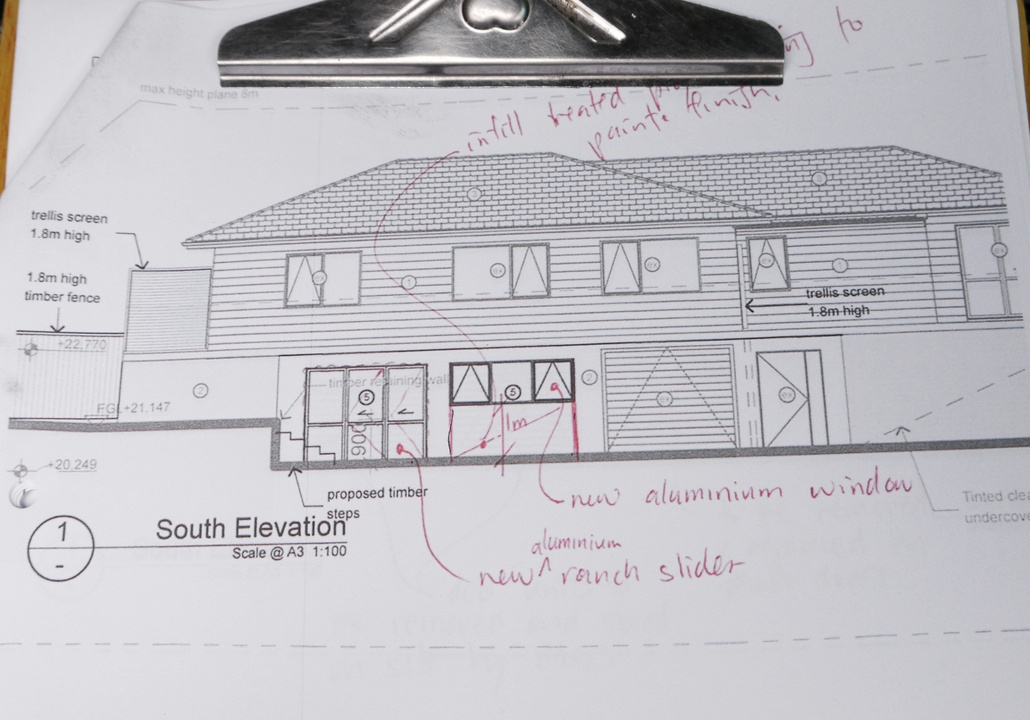
Architectural plans with notes for the removal and acquisition of garage doors from Mahia Road, Manurewa
Born 1988, Auckland
Lives and works in Auckland, New Zealand
Luke Willis Thompson’s art deals with sites and objects that embody a sense of historical, political or social trauma. In recent work the artist has used ready-made objects – such as a local funeral home’s art collection and a house in the Auckland suburb of Epsom – to trace the faultlines of race and class in his chosen context. Thompson sets up estranging encounters where the viewer is confronted with an object both ontologically and in the space of narrative and mythology.
Selected exhibitions (solo):
inthisholeonthisislandwhereiam, Hopkinson Cundy, Auckland, 2012; Yaw, RM, Auckland, 2011. Selected exhibitions (group): Between memory and trace, Te Tuhi Centre for the Arts, Pakuranga, 2012; In Spite of Ourselves: Approaching Documentary, St Paul St Gallery, Auckland and The Dowse Art Museum, Lower Hutt, 2012; Make\Shift: Tautai’s Third Tertiary Show, St Paul St Gallery, Auckland, 2010.
‘... objects that shatter any achievable fantasy of community...’
Danny Butt, writer and artist, Melbourne
Untitled
2012
Auckland Art Gallerythree garage doors, security lights
dimensions variable
courtesy of the artist and Hopkinson Cundy, Auckland
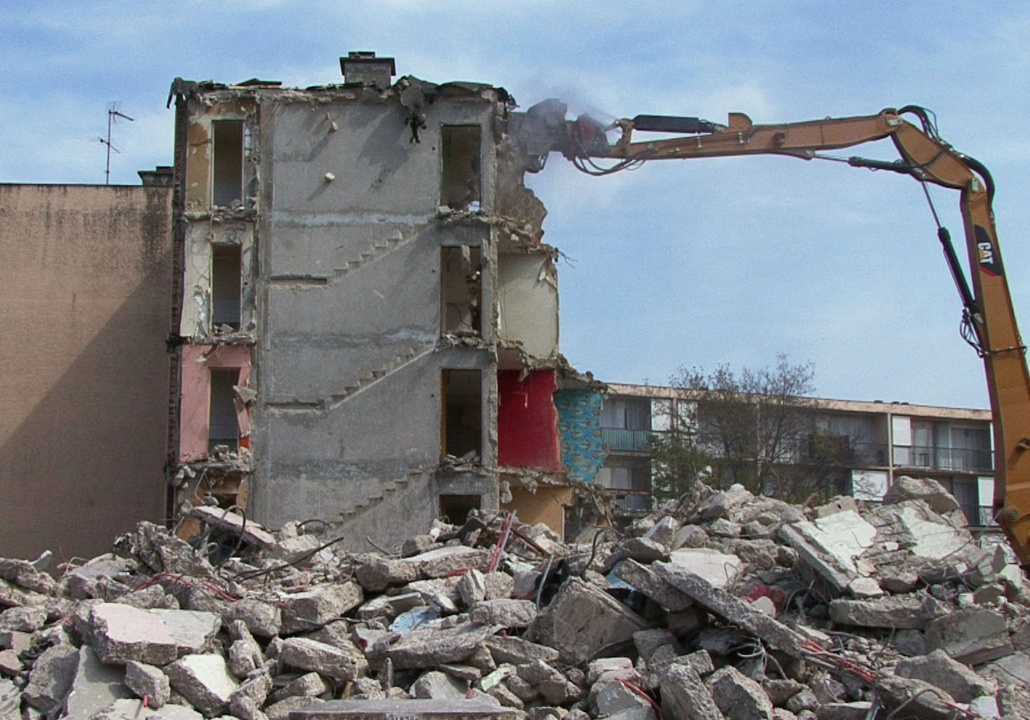
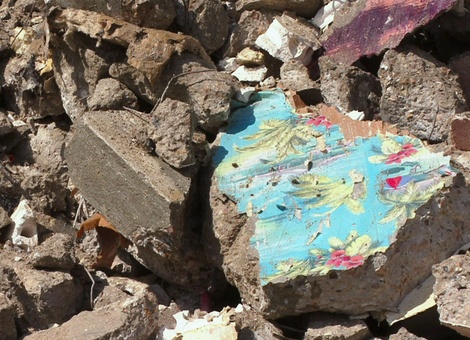

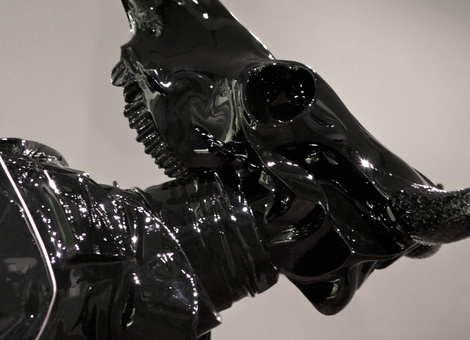
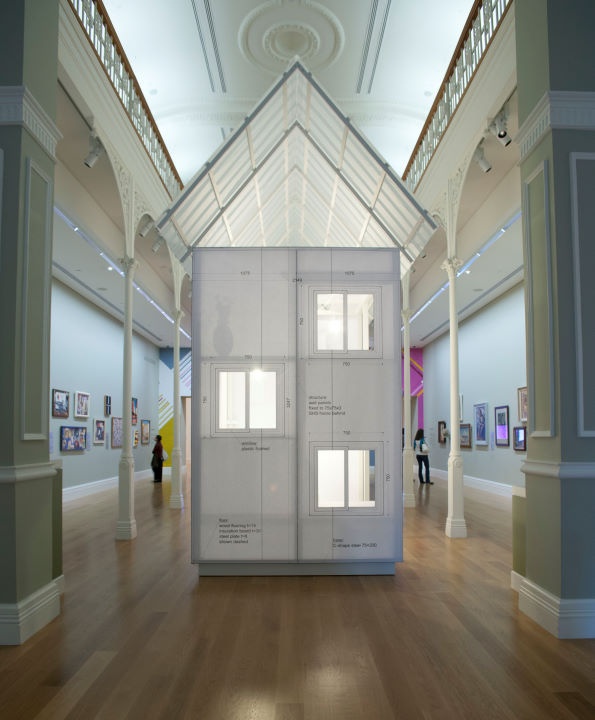

![test pattern [live set], 2008, photograph by Liz Hingley](/media/cache/a8/4a/a84ad52470801916c2979ab95304940f.jpg)
![A [for 6 silos]](/media/cache/2c/f4/2cf4a025b3b51f1fde293c244295a466.png)
